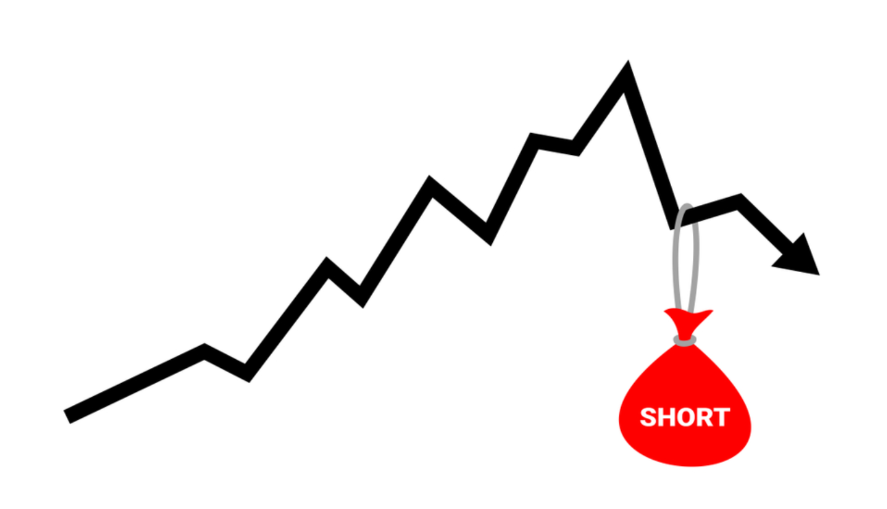A few setups genuinely amaze me, and the dead cat bounce is one of them!
This is a setup that not only offers excellent risk: reward, but it also often goes a lot further than you expect.
In its simplest form, the dead cat relates to a stock that has just fallen off a cliff and crashed. In the days following the initial crash, the stock experiences a strong bounce. Hence the name ‘Dead Cat Bounce.’
A stock can crash for many reasons. In the case of CEI, the stock fell off a cliff after Kerrisdale Capital published a short report.
Understanding what causes the stock to bounce after crashing is very important. I believe that it comes down to bulls and bears.
You see, once the stock has crashed, the bears are going to want to take profits and cover their short positions. This creates demand because the shorts have to buy the stock to close their position. That demand, combined with bulls of the stock who might want to purchase shares because the stock is trading much lower than previous days, might cause a sharp rise in the stock’s price and ultimately results in the dead cat bounce.
Yesterday Camber Energy (CEI) offered a brilliant dead cat bounce opportunity.
CEI closed the day up close to 100% yesterday. The bounce yesterday came after the stock experienced a sharp correction since making a high seven days ago and topping out at $4.85.
The stock, however, is still up 92.69% year to date, 153% over a year, and 80% on the month.
The Setup in CEI
On Wednesday, the stock crashed after the short report was released, and many stops were triggered.
CEI broke below critical support at $3 and traded to a low of $1.03 on the day. The stock crashed close to 70% on the day and traded close to 1 billion shares.
The crash on Wednesday was the first sign of a potential dead cat bounce setting up. However, further confirmation was needed, and new levels of support and resistance were also required.
The following day, the stock traded less volume and closed below $1. The stock immediately traded higher in the after-hours, thereby confirming that a low might have been established.
Yesterday in the premarket, the stock could not get below support from the previous day’s after-hours action. This was a sign of strength and signaled that a dead cat bounce was likely to occur later in the day if the stock could continue to hold above the support at $1.10.
Immediately off the open yesterday, the stock traded above resistance from the previous day ($1.30) and based above.
At this point, the dead cat bounce appeared to be on.
A breakout on increased volume was needed to provide confidence in the setup and momentum.
After consolidating above the previous day’s resistance, the stock broke above on large volume and gathered momentum higher. The move that took place from the breakout above $1.30 to yesterday’s high of the day, $1.88, was the dead cat bounce.
As I mentioned earlier, a dead cat bounce often goes further than one might expect. Therefore, if the move higher will have another leg, I see the following levels as potential resistance: $2, $2,25, $2.50.
Comments are closed.






1 Comments
I had this in mind myself but was too afraid to consider the trade. But the key leaning here for me is to look or listen about percentage short. Being a huge short is a great catalyst to drive the stock as shorts buy the shares back. Great learning.